The project to build infrastructure for an emergency resettlement area to overcome the consequences of natural disasters causing landslides and rockslides in Rai hamlet, Tuan Dao commune, Lac Son district is speeding up construction progress.
The project to build infrastructure for an emergency resettlement area to overcome the consequences of natural disasters causing landslides in Rai hamlet, Tuan Dao commune, Lac Son district has a total investment of more than 72,460 million VND from the central and provincial budgets. The project is divided into 2 urgent and non-urgent items, including 1 concentrated resettlement area with 131 plots of land (111 plots for households resettled by landslides and 20 reserve plots), a total leveled area of about 6 hectares, synchronous infrastructure system including roads, earth embankments, domestic water supply system, lighting power supply, wastewater system, rainwater drainage system and some other works. Up to now, the project has been allocated 50 billion VND, has completed a number of items such as embankment, leveling, clean water tank; internal roads, wastewater supply lines, rainwater, lighting power, and domestic electricity are under construction.
According to statistics, in the province, there are 160 residential areas at high risk of natural disasters with 6,449 households (an increase of 25 areas, 449 households compared to 2024) affected and need to have a plan to arrange and stabilize the population. Of which, the high-risk areas for landslides and rolling rocks are 118 areas with 3,671 households, including Tan Lac district with 28 areas and 446 households, Da Bac 15 areas and 794 households, Mai Chau 15 areas and 752 households, Cao Phong 10 areas and 217 households, Yen Thuy 5 areas and 110 households, Luong Son 5 areas and 336 households, Kim Boi 14 areas and 247 households, Lac Son 8 areas and 65 households, Lac Thuy 7 areas and 46 households, Hoa Binh city 11 areas and 658 households.
The area frequently affected by flash floods has 10 locations with 151 affected households, including Mai Chau district with 5 locations and 85 households, Cao Phong with 1 location and 2 households, Yen Thuy with 2 locations and 54 households, and Lac Thuy with 2 locations and 10 households.
The area frequently flooded has 32 points with 2,627 households, including Mai Chau district with 6 points and 137 households, Lac Thuy 7 points and 964 households, Yen Thuy 9 points and 659 households, Luong Son 9 points and 840 households, and Hoa Binh city with 1 point and 27 households.
In addition, through review, in the province, there are 8 vulnerable locations of dikes; 47 irrigation reservoirs, 11 hydroelectric reservoirs at risk of being unsafe or releasing floodwaters that greatly affect downstream areas; 23 works to prevent flooding and drought; 12 works to prevent landslides and land subsidence; 1 work to prevent flash floods; 2 houses combined with evacuation centers; 15 provincial road areas at risk of landslides, deep flooding, and isolation when floods occur; 5 ports, ship and boat anchorage areas at risk of being unsafe when storms make landfall; 9 power grid systems at risk of incidents when natural disasters occur; 5 mines at risk of landslides when floods occur; 7 high-rise tower works at risk of being unsafe when storms make landfall; 26 other works serving natural disaster prevention and control; 2 industrial parks; 14 aquaculture areas, high-value agricultural production areas. Most of the key points have developed annual disaster response plans to ensure the safety of the works and surrounding people.
Every year, the Provincial Steering Committee for Natural Disaster Prevention, Search and Rescue and Civil Defense, the Department of Agriculture and Environment coordinate with local authorities to disseminate information to people to improve their knowledge of awareness, prevention, response and overcoming consequences caused by natural disasters; urge localities to proactively develop specific disaster response plans for key locations, ensuring safety of people and property. At the same time, continue to implement resettlement in the form of concentrated relocation, interspersed relocation, and on-site resettlement for households. New resettlement and settlement plans include resettlement in the form of concentrated relocation in 26 resettlement areas, for 1,465 households; interspersed relocation in 57 locations, for 1,186 households; and on-site resettlement in 74 locations with 3,798 households.
Comrade Dinh Cong Su, Vice Chairman of the Provincial People's Committee, said: For residential areas, landslides, flash floods, flash floods that have occurred or are at risk of being affected by natural disasters, it is necessary to regularly monitor and check weather developments, natural disasters and landslides and rockfalls occurring in the area, develop plans to monitor and warn of natural disasters, response plans and fully prepare materials, means, equipment, information systems, and necessities for natural disaster prevention and control activities to proactively prevent, promptly respond, and urgently overcome consequences; resolutely move people in dangerous areas to safe places when there is an emergency. Proactively arrange funds to stabilize residents in the form of concentrated resettlement, interspersed and on-site stabilization according to current state regulations.
Dinh Thang
Source: https://baohoabinh.com.vn/274/201515/Bo-tri,-sap-xep-on-dinh-dan-cu-vung-thien-tai.htm


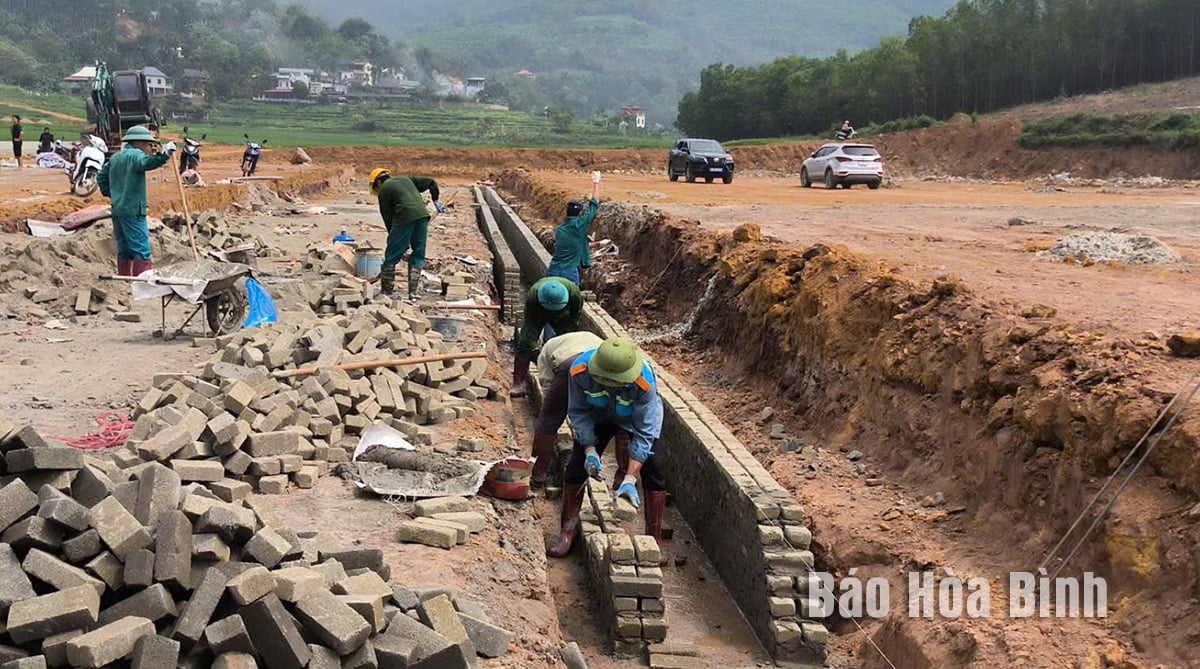
![[Photo] Prime Minister Pham Minh Chinh attends the event "Digital transformation of the banking industry by 2025"](https://vphoto.vietnam.vn/thumb/1200x675/vietnam/resource/IMAGE/2025/5/29/0e34cc7261d74e26b7f87cadff763eae)





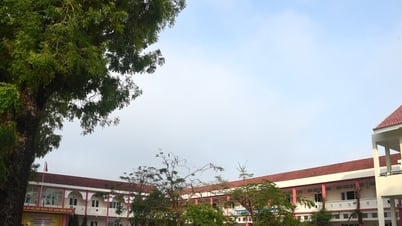



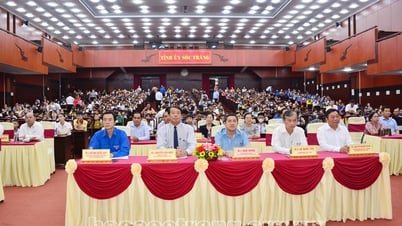





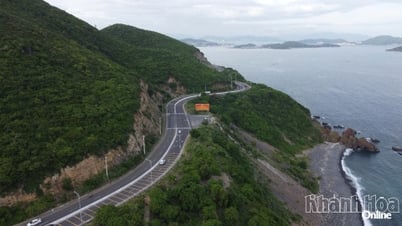





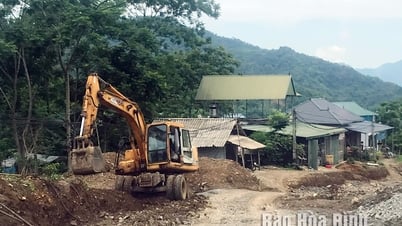

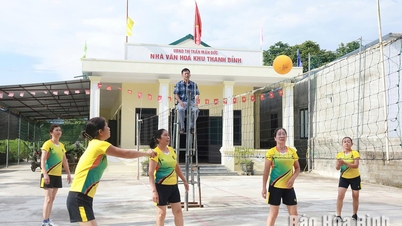

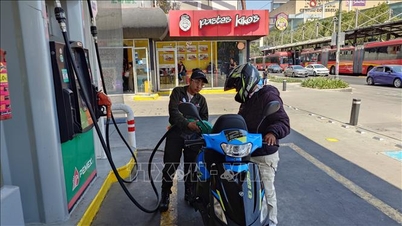
![[Photo] Prime Minister Pham Minh Chinh receives leaders of Excelerate Energy Group](https://vphoto.vietnam.vn/thumb/1200x675/vietnam/resource/IMAGE/2025/5/29/c1fbe073230443d0a5aae0bc264d07fe)







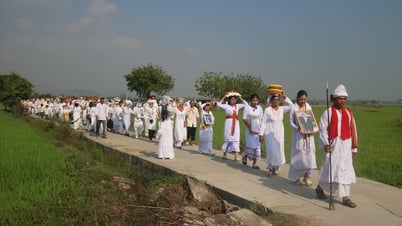

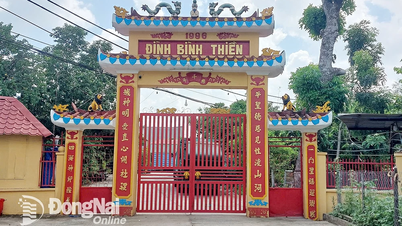








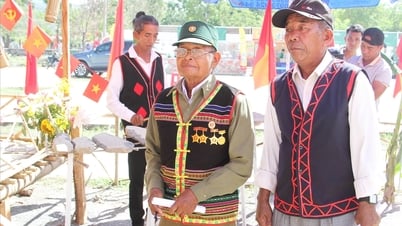

































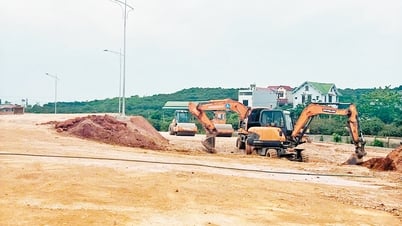

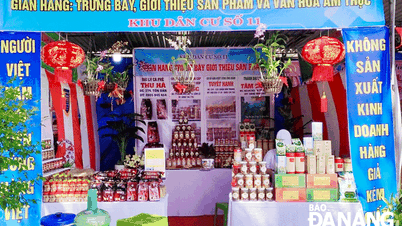




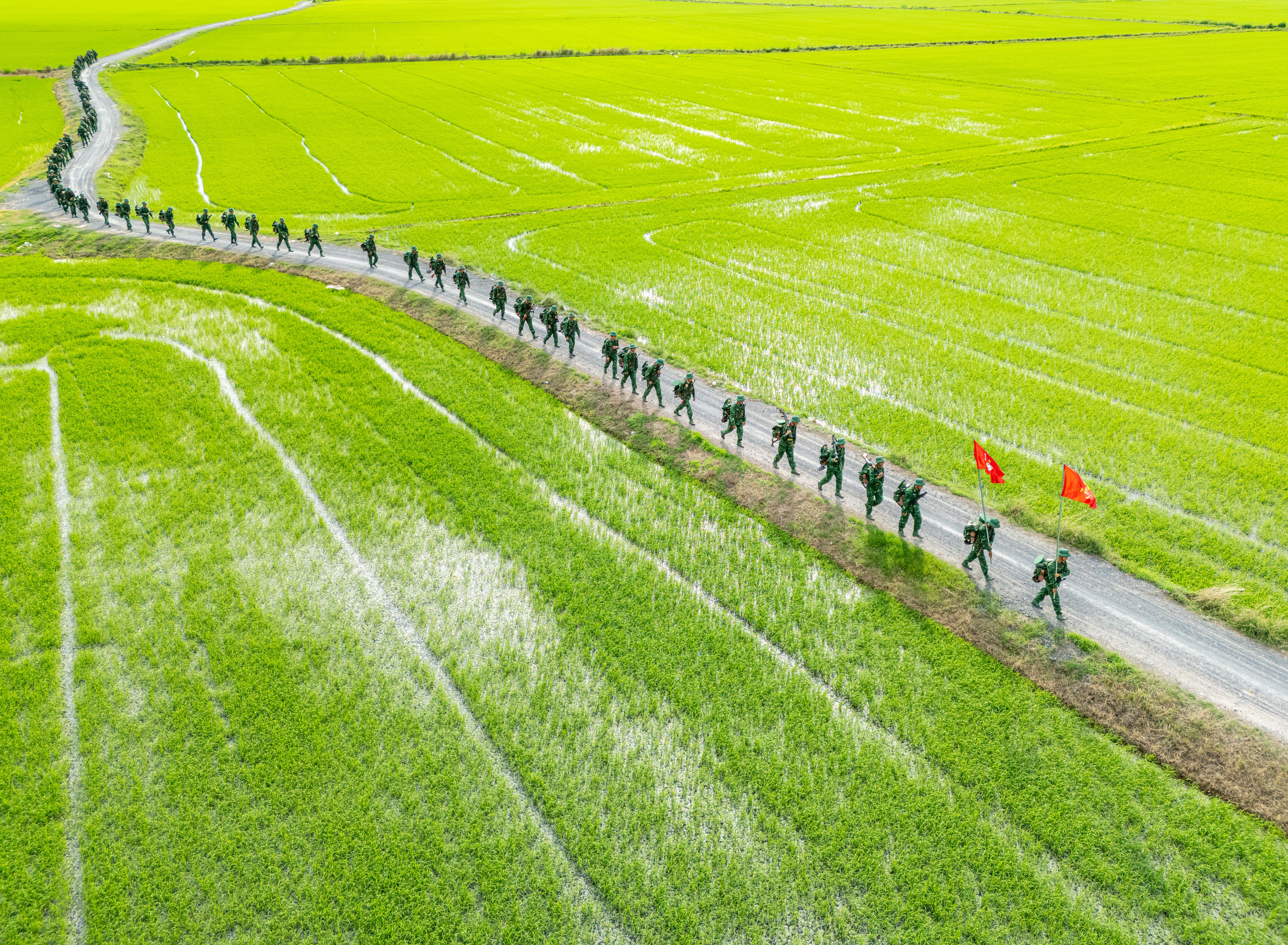



Comment (0)